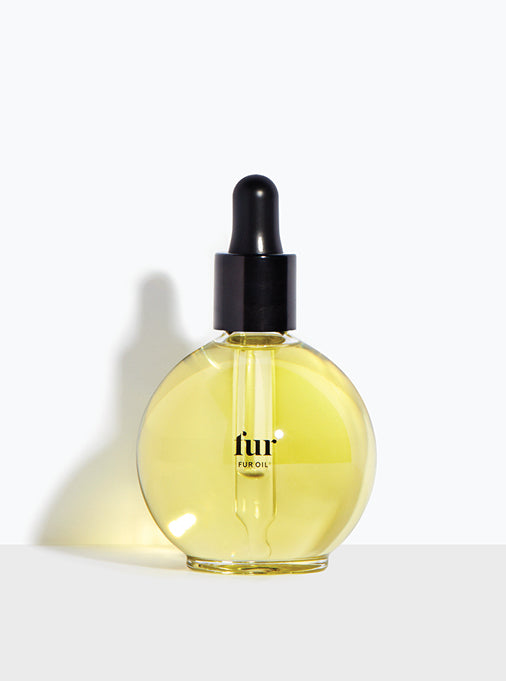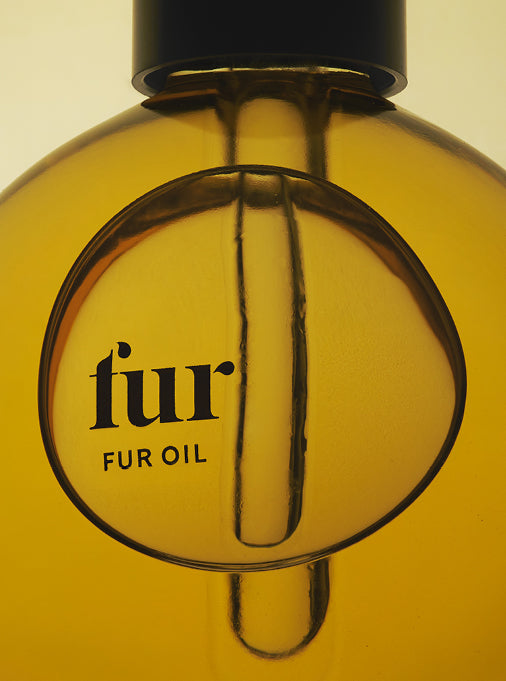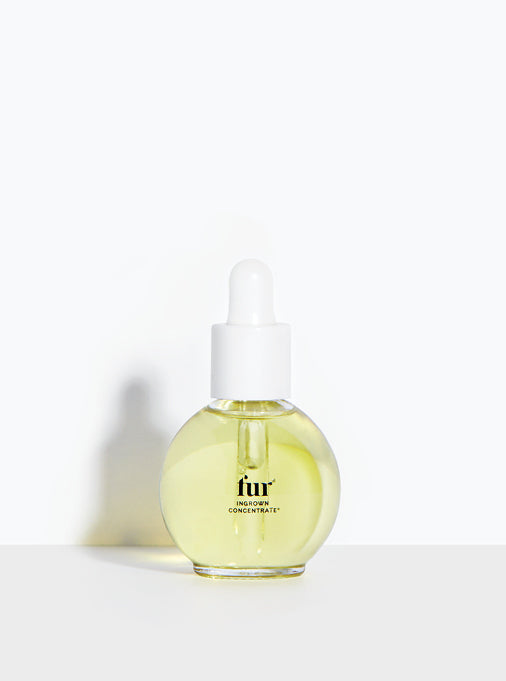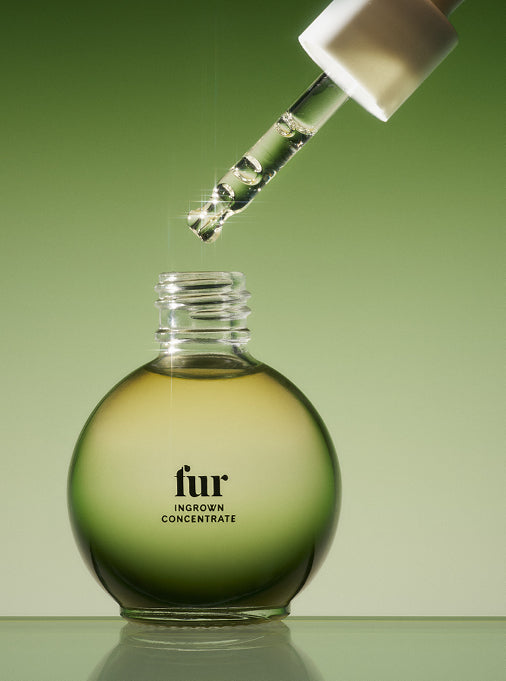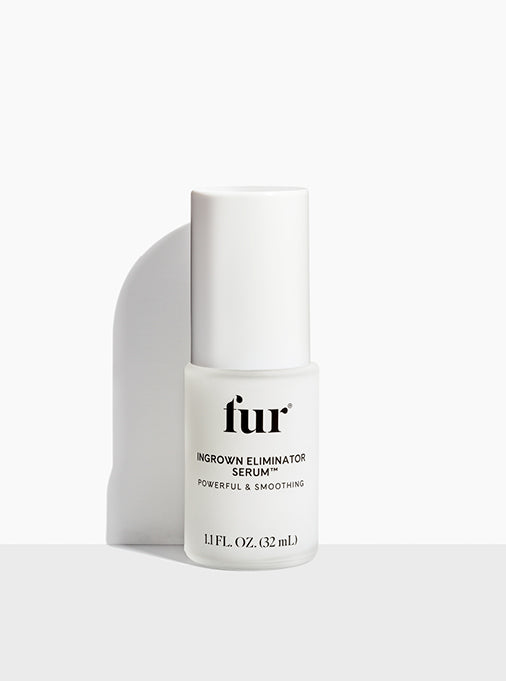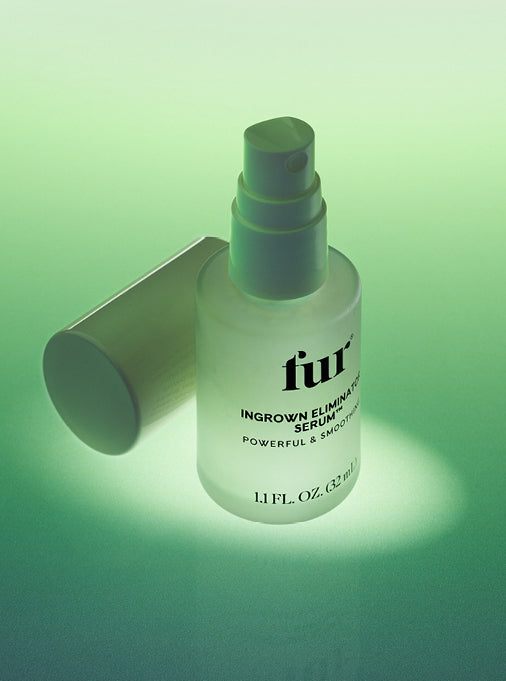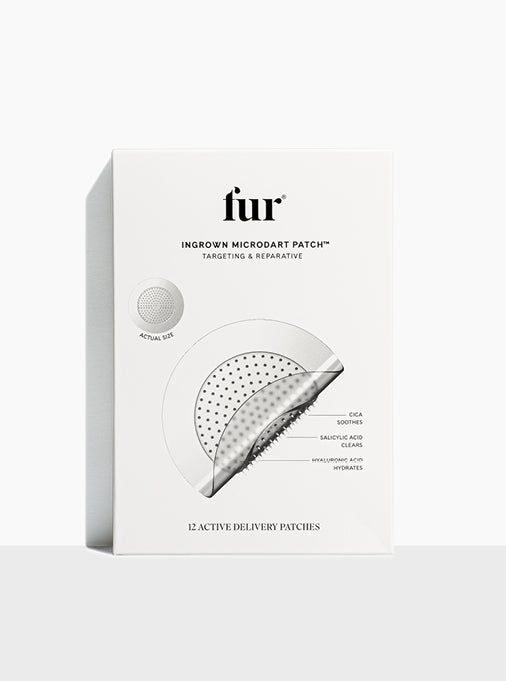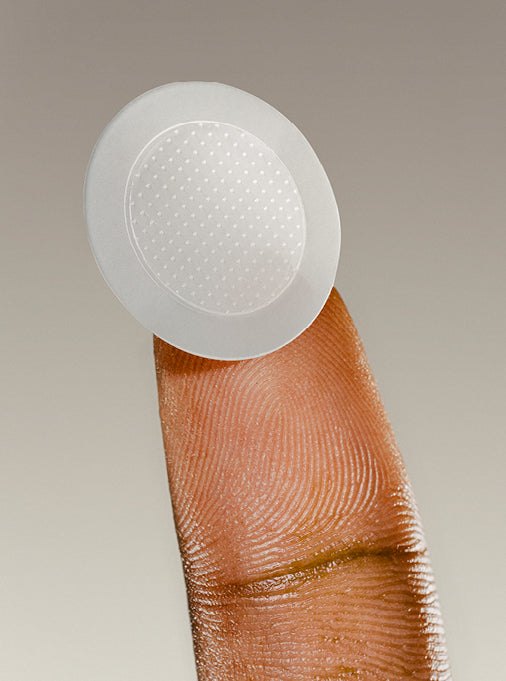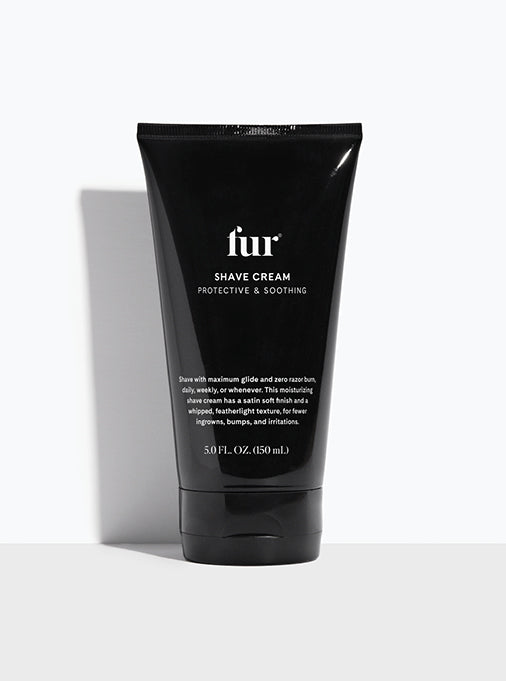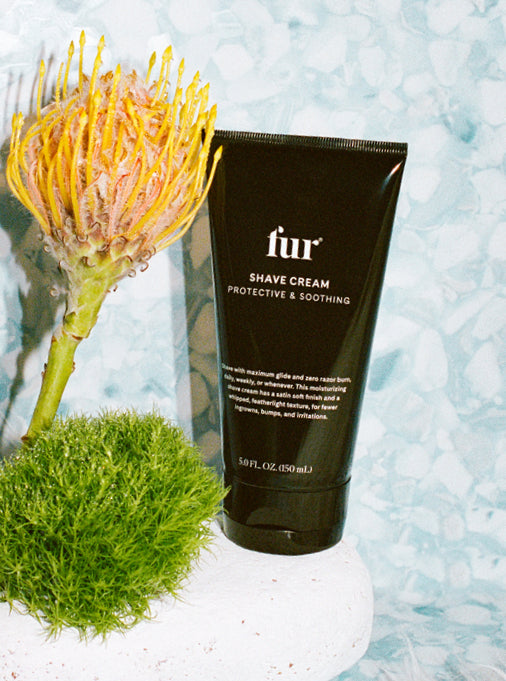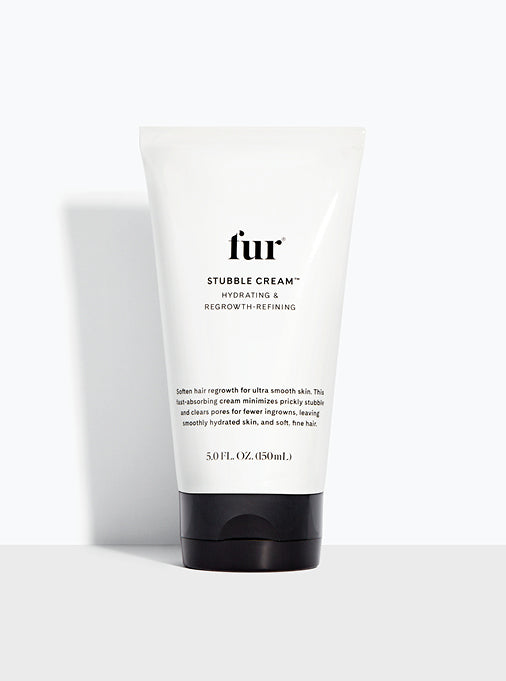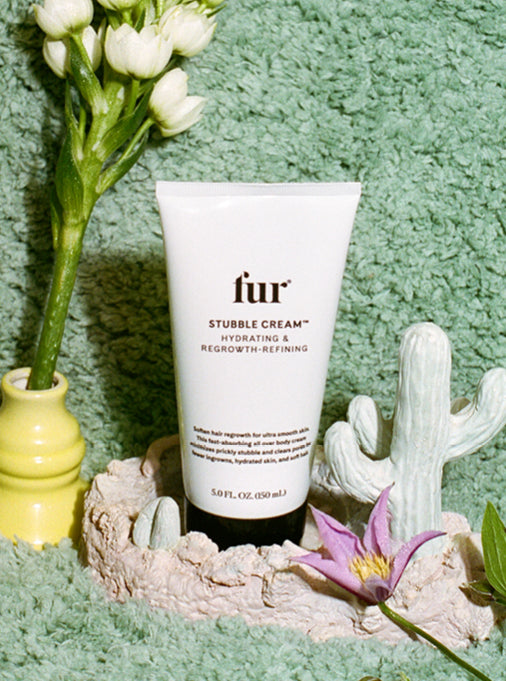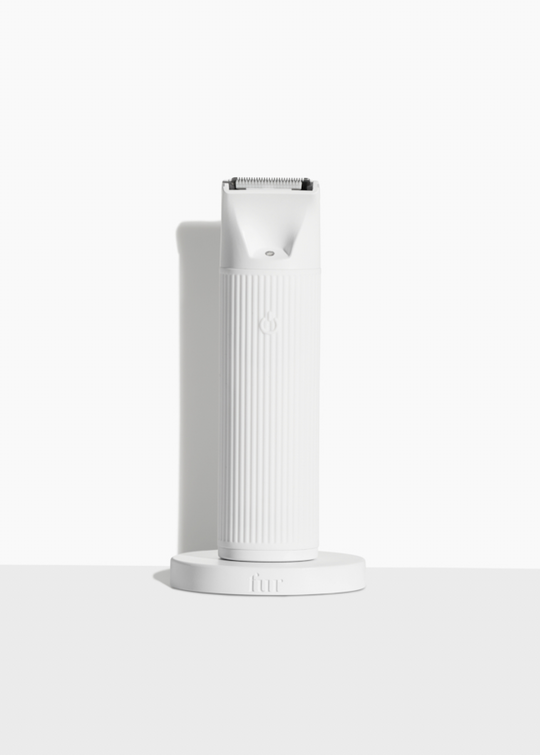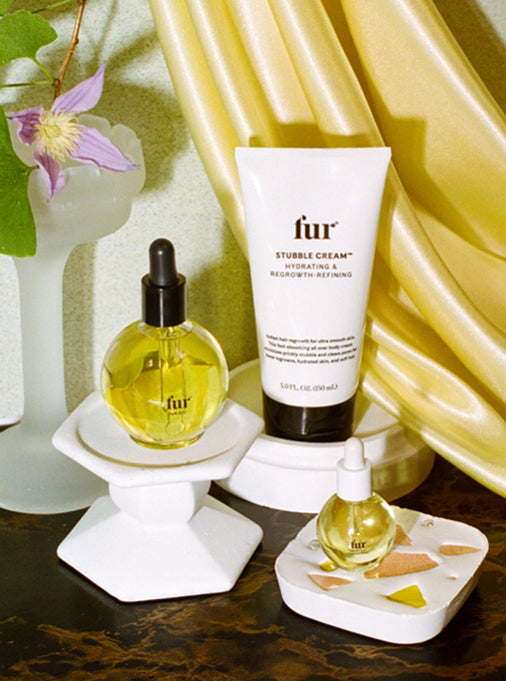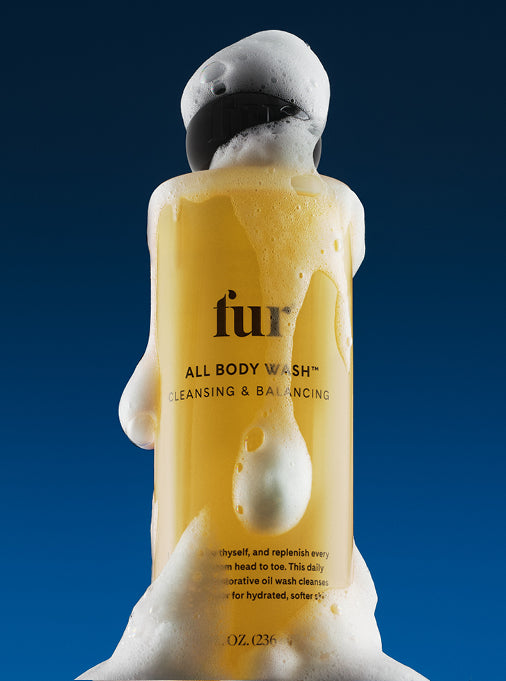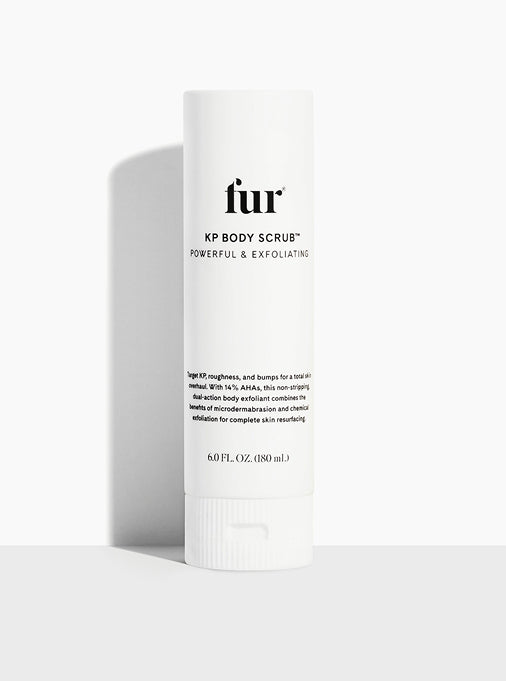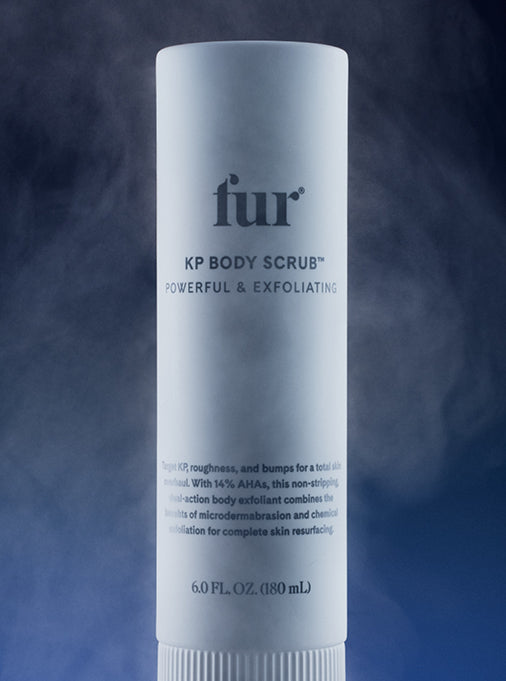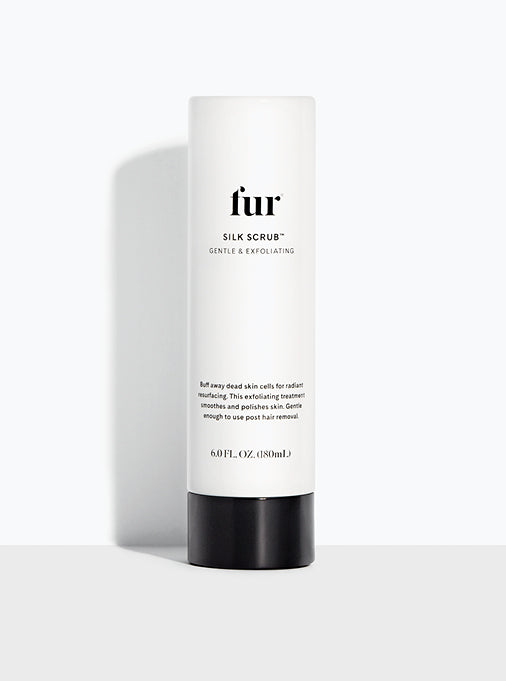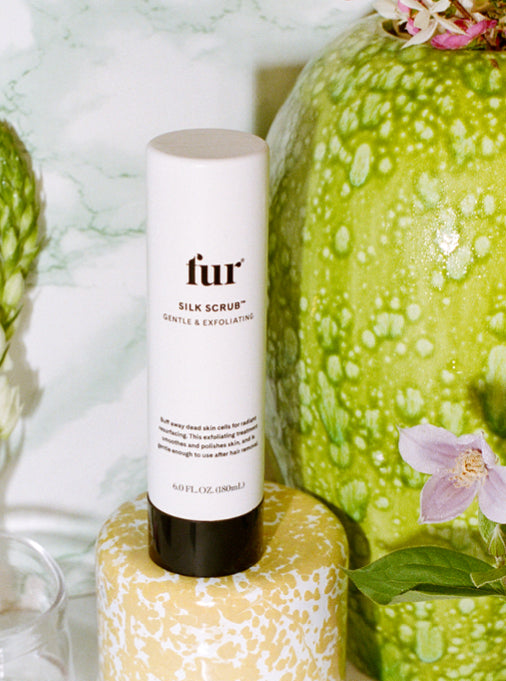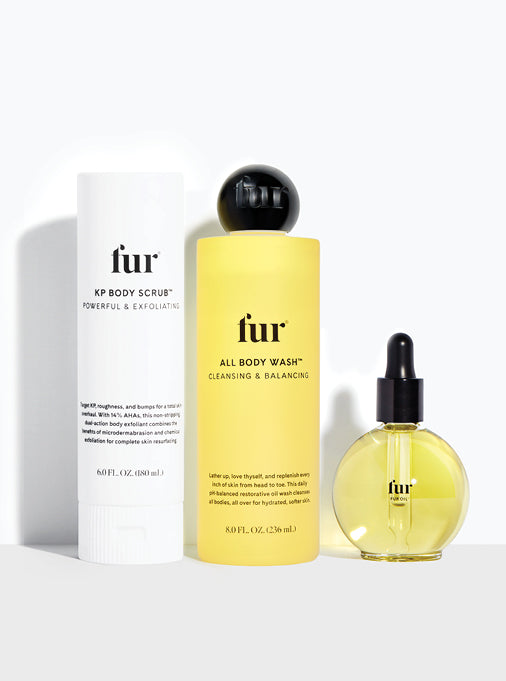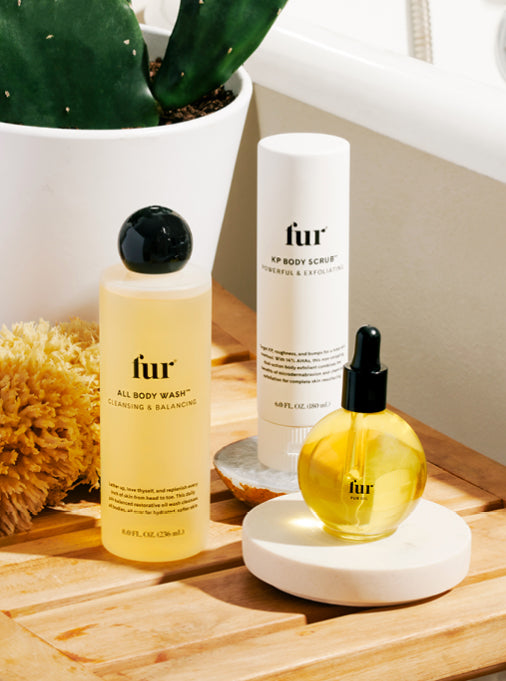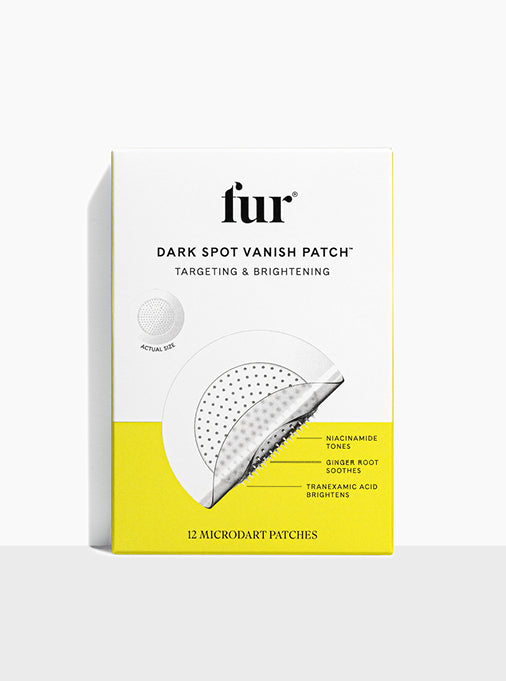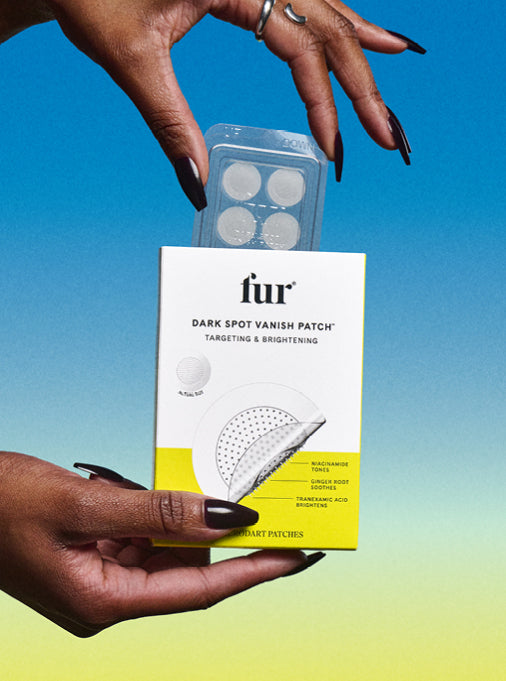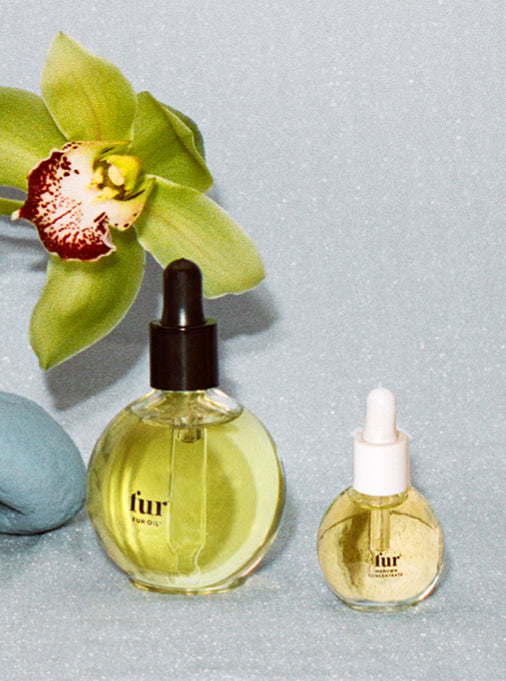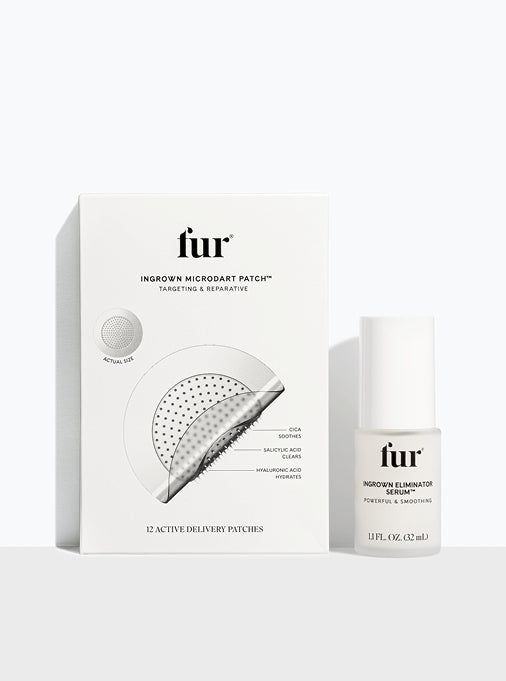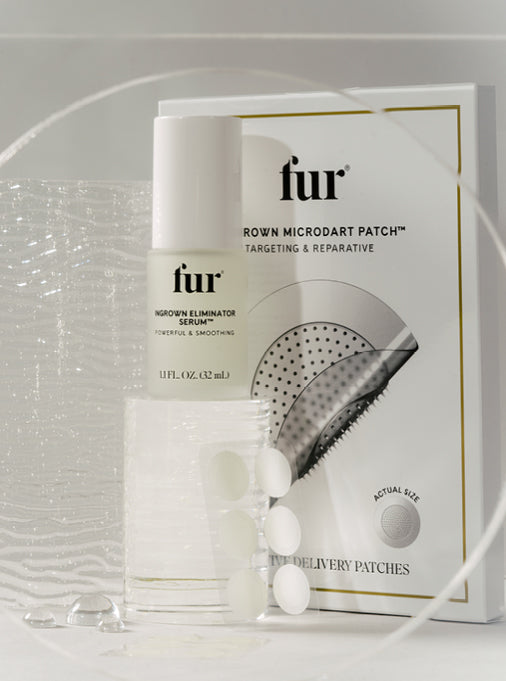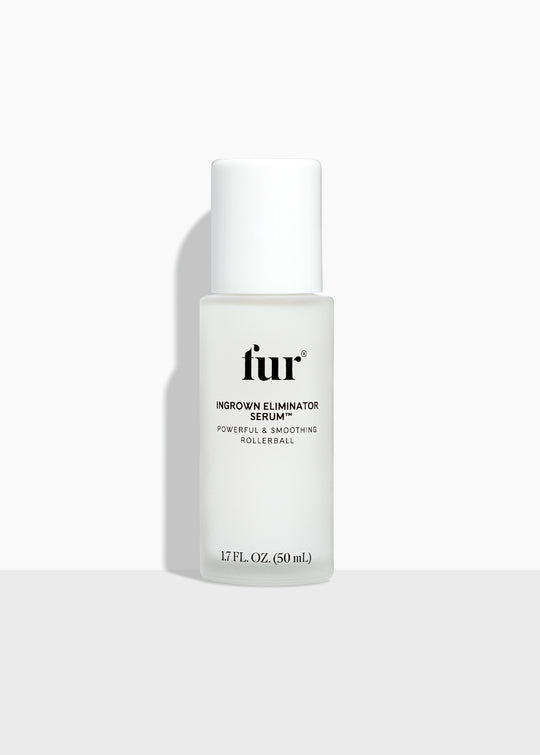
If you've ever experienced ingrown pubic hair, you're not alone. The combination of delicate skin and coarse hairs in the pubic area make it almost inevitable that ingrown hairs will occur in this area if precautions aren’t taken when grooming. An ingrown hair is essentially a growing hair that is trapped under the skin as the hair curves back and grows into the skin instead of rising to the surface. While typically not dangerous, ingrown hairs can cause discomfort, redness, and irritation—and in some cases, may lead to infection if left untreated.
In this guide, we'll explore the causes of ingrown pubic hair, share effective treatment methods, and provide prevention strategies to help you maintain comfortable, healthy skin. Remember: whether you choose to remove your pubic hair or let it grow naturally is entirely your personal choice. Our goal is to provide you with the information you need to care for your skin, whatever your grooming preferences may be.
What Causes Ingrown Pubic Hairs?
Ingrown pubic hairs develop due to several factors, both biological and external. The natural texture of pubic hair—which tends to be coarser and more curly than hair elsewhere on the body—makes it particularly prone to growing inward. This tendency is especially pronounced in people with naturally curly or coarse hair types.
External factors that contribute to ingrown hairs include:
- Dead skin cells blocking hair follicles
- Tight clothing creating friction against the skin
- Aggressive or improper hair removal methods
Ingrown Pubic Hair Removal & Treatment
There are three key factors to keep in mind when treating ingrown pubic hairs:
Soothe the skin: Treating the painful inflammation that makes ingrown hairs itchy and comfortable.
Avoid Infection: Making sure that intervention does not aggravate the issue resulting in infection.
Prevent recurrence: Ensuring that the area is kept clean and the skin moisturized and exfoliated, preventing the return of ingrown hairs.
With these important things in mind, let's explore how to treat ingrown pubic hairs following these 5 simple steps:
Step 1: Prepare the Skin with a Warm Compress
Begin by applying a clean, warm compress (a wash cloth or mitt should work!) to the affected area for 5-10 minutes. This essential first step helps to soften the skin and open your pores providing immediate relief to the area. Treating the area with warmth should reduce the inflammation of your ingrown hair and make it easier to treat.
Step 2: Exfoliate Gently
Once the skin is prepared, use a gentle exfoliator to remove dead skin cells that may be trapping the hair. Remember to use soft, circular motions with very light pressure and never to exfoliate broken or infected skin.
Step 3: Apply Ingrown Pubic Hair Serum
After you have exfoliated the area, apply a specialized serum to target the ingrown hair directly and help release the trapped hair. Ingrown Eliminator Serum, our ingrown pubic hair serum, contains soothing active compounds including Aloe and Witch Hazel, reducing inflammation and conditioning the skin as well as powerful exfoliating elements of Lactic Acid and Willow Bark Extract, clearing pore obstructions and purifying the area to prevent infection.
Step 4: Soothe the Area with Ingrown Pubic Hair Oil
Follow up with a nourishing oil specifically formulated for the pubic area. This step is crucial as it calms irritated areas, providing lasting moisture and creating a protective barrier for your intimate skin. Fur Oil, our ingrown pubic hair oil, contains soothing jojoba oil which conditions the skin while the effective tea tree oil works as a powerful anti-microbial, cleansing the area and preventing infection.
Step 5: Apply Ingrown Pubic Hair Patches for Overnight Treatment
For persistent or particularly troublesome ingrown hairs, consider using specialized ingrown pubic hair patches overnight, such as Ingrown Microdart Patch. These microdart patches deliver continuous and targeted treatment as well as protecting the inflamed area from scratching or touching, speeding up the healing process.
How to Avoid Ingrown Pubic Hairs
Prevention is always better than treatment. Here are effective strategies to minimize your risk of developing ingrown pubic hairs:
1. Pamper Your Intimate Skin
- Gently exfoliate 1-2 times per week but never over-exfoliate
- Use products designed for sensitive skin
- Keep the area clean and dry
- Rehydrate your skin with a post-shave moisturizer
- Wear breathable, loose-fitting clothing
2. Choose Hair Removal Methods Wisely
- Consider using a hair trimmer instead of complete removal
- Use sharp, clean razors if shaving and make sure to shave in the direction of hair growth
- Consider professional waxing or laser hair removal
- Replace razors frequently
- Use appropriate shaving cream or gel
- Consider electric trimmers for maintenance
3. Keep ingrown hair treatments on hand
Taking extra care to prepare your skin before hair removal will help you to minimize unwanted bumps and ingrown hairs. You’ll also want to establish a post-hair removal routine to ensure that your pores are clear and hair grows back softer to prevent those pesky ingrown hairs.
Add a gentle oil that softens hair and skin to your skincare routine. Try Fur Oil, a lightweight oil that clears pores for fewer ingrowns and healthier skin or Ingrown Concentrate that works to banish bumps and redness.
Ingrown Eliminator Serum can also be sprayed onto areas that are prone to ingrowns and is formulated to soothe irritation and eradicate bumps.
To target particularly tough ingrown hairs, an Ingrown Microdart Patch can be applied directly to the problem area to quickly and effectively clear up any bumps and is a perfect addition to your SOS ingrown hair kit.
Look after your underarms with a Ingrown Deodorant that not only eliminates odor but targets ingrown hairs and is kind on skin.
Summary
Ingrown pubic hairs, while common, don't have to be a recurring problem. By understanding their causes and following proper treatment and prevention methods, you can maintain healthy, comfortable skin in your pubic area. Remember that everyone's skin and hair are different, so what works best for one person may not work for another.
The key to ingrown pubic hair treatment success lies in:
- Gentle, consistent skin care
- Proper hair removal techniques
- Regular exfoliation
- Appropriate moisturizing
- Wearing comfortable clothing
Ready to take better care of your skin? Explore our complete collection of specialized products designed to prevent and treat ingrown hairs.
